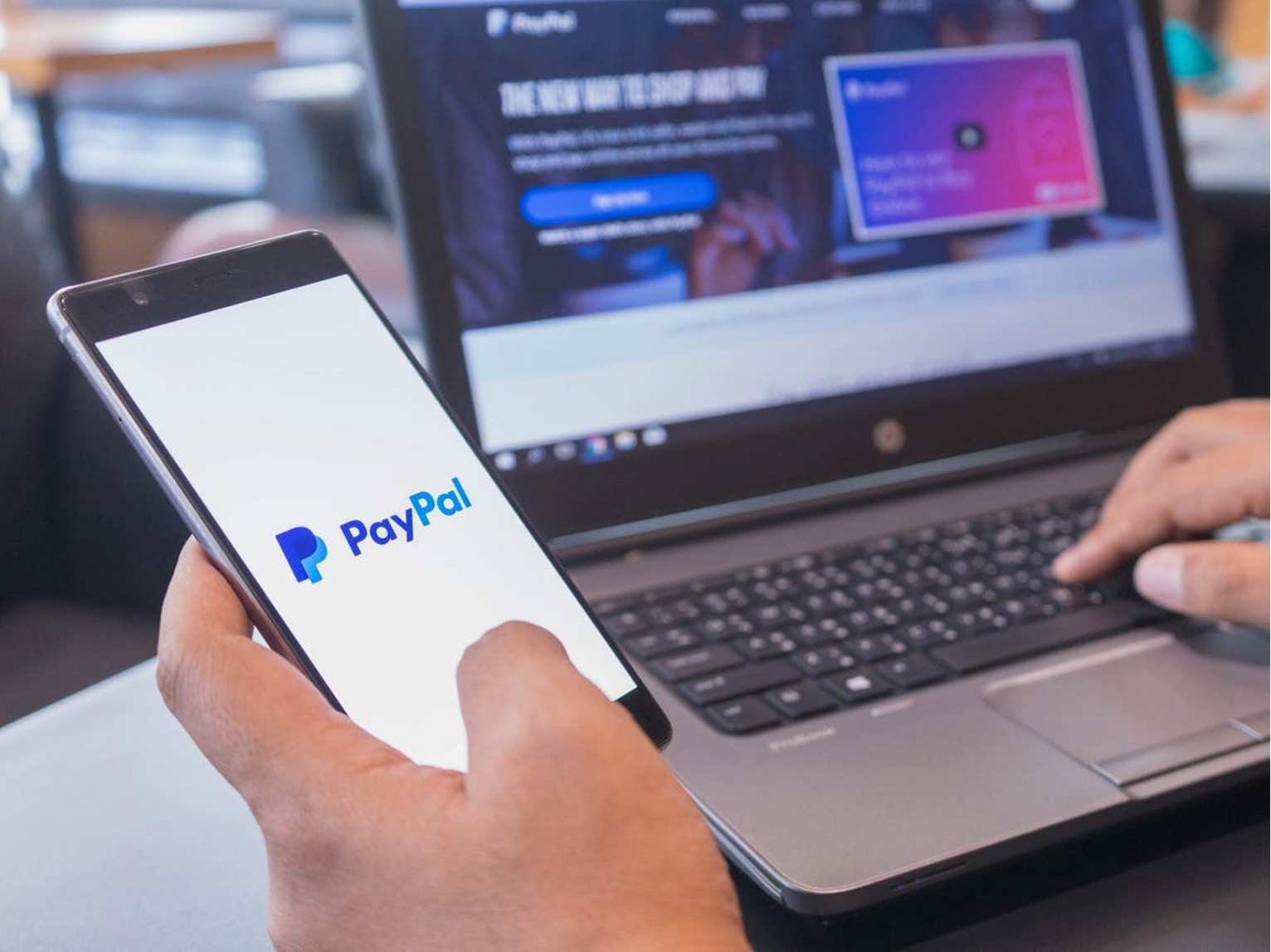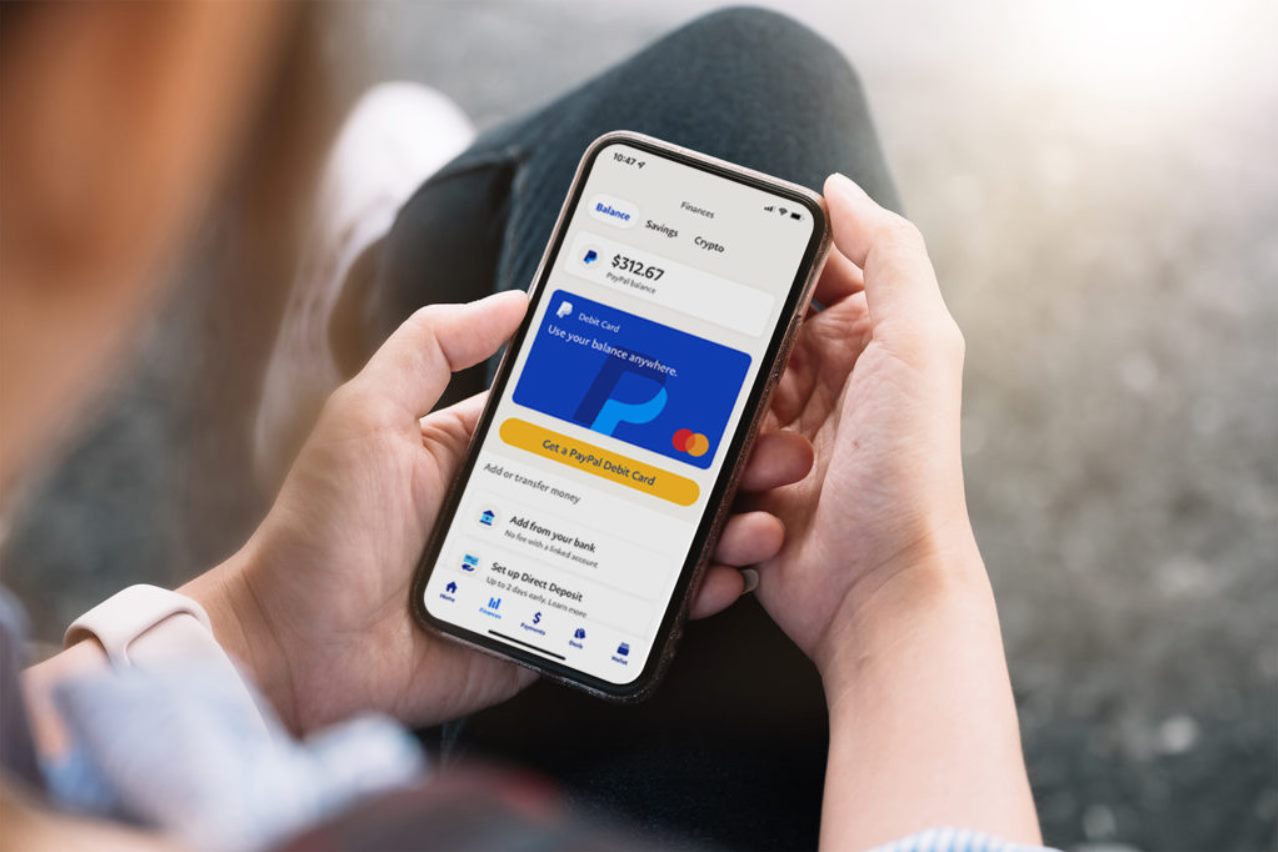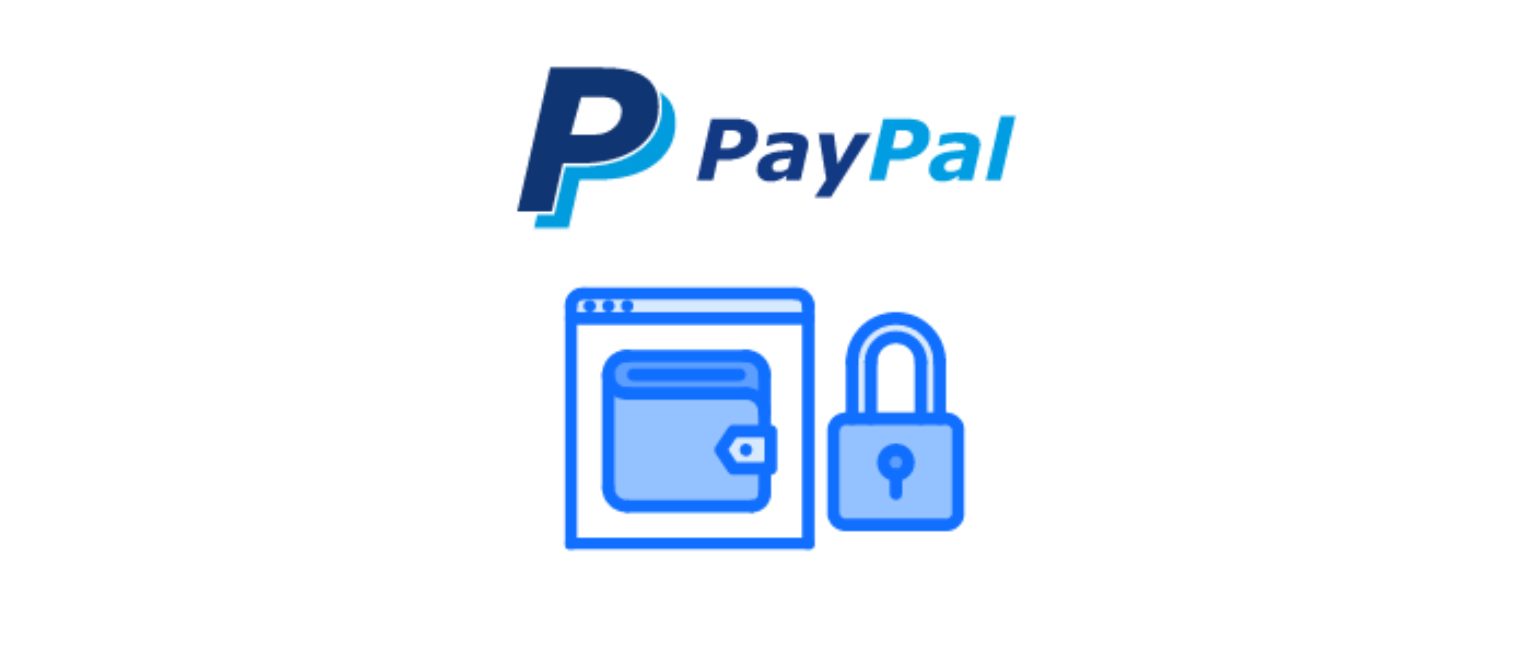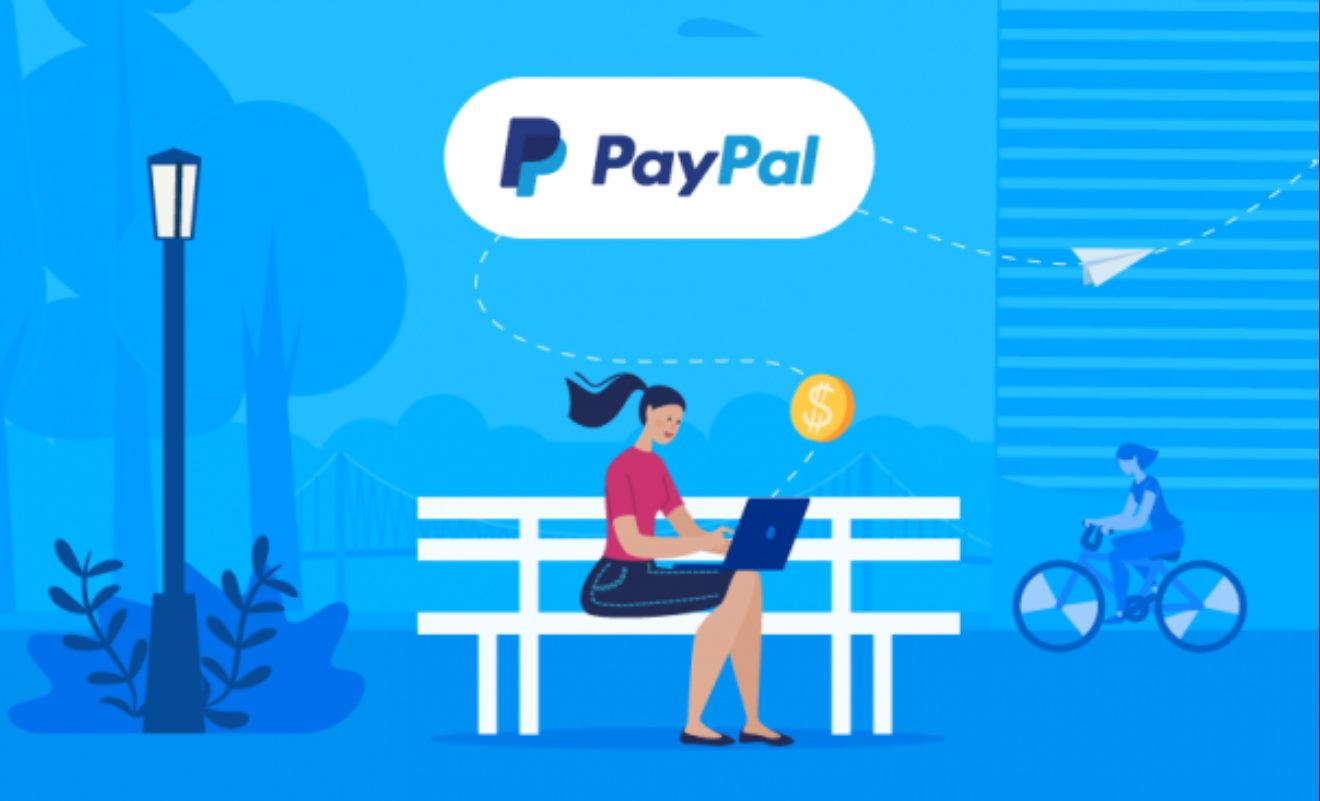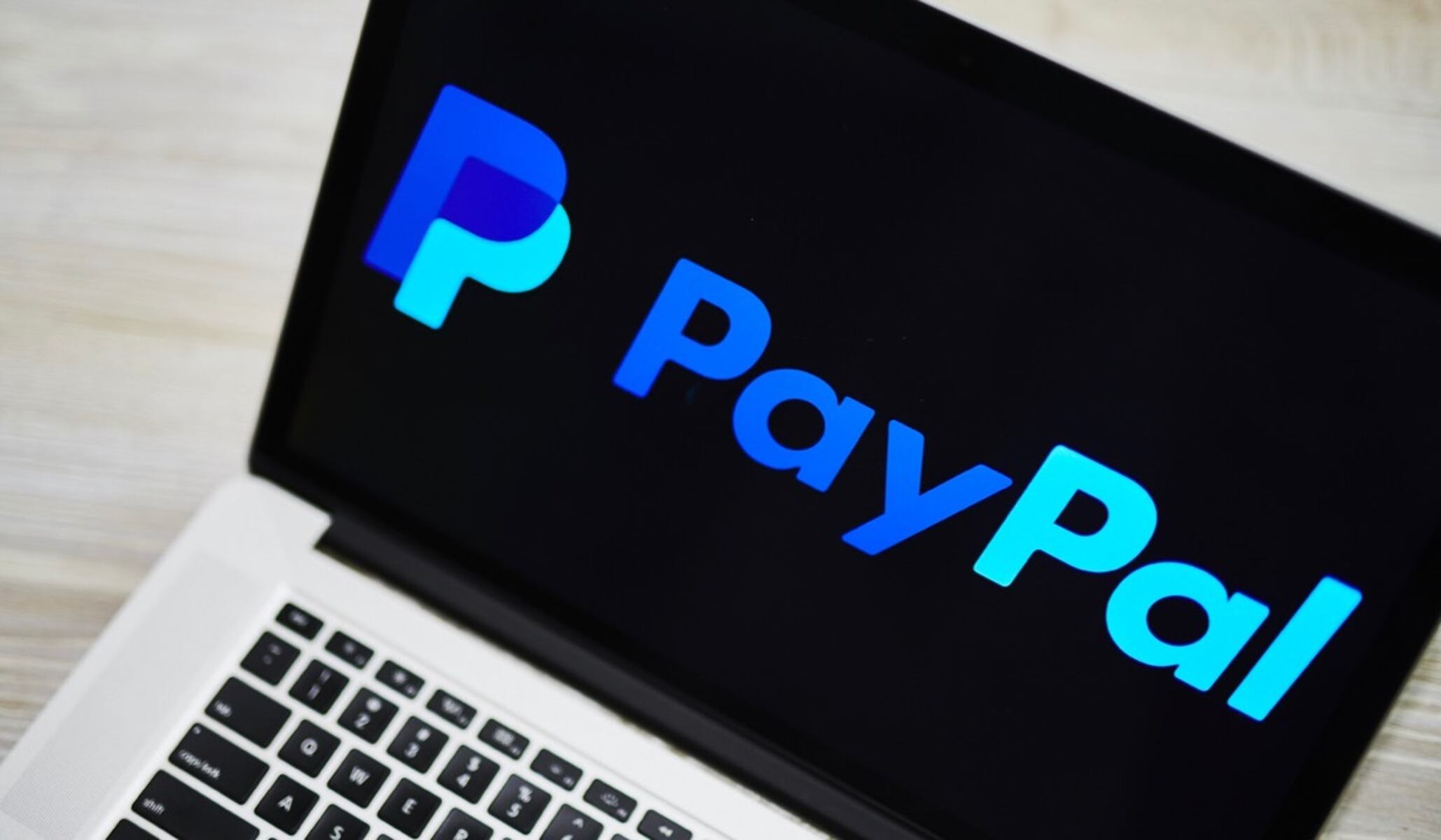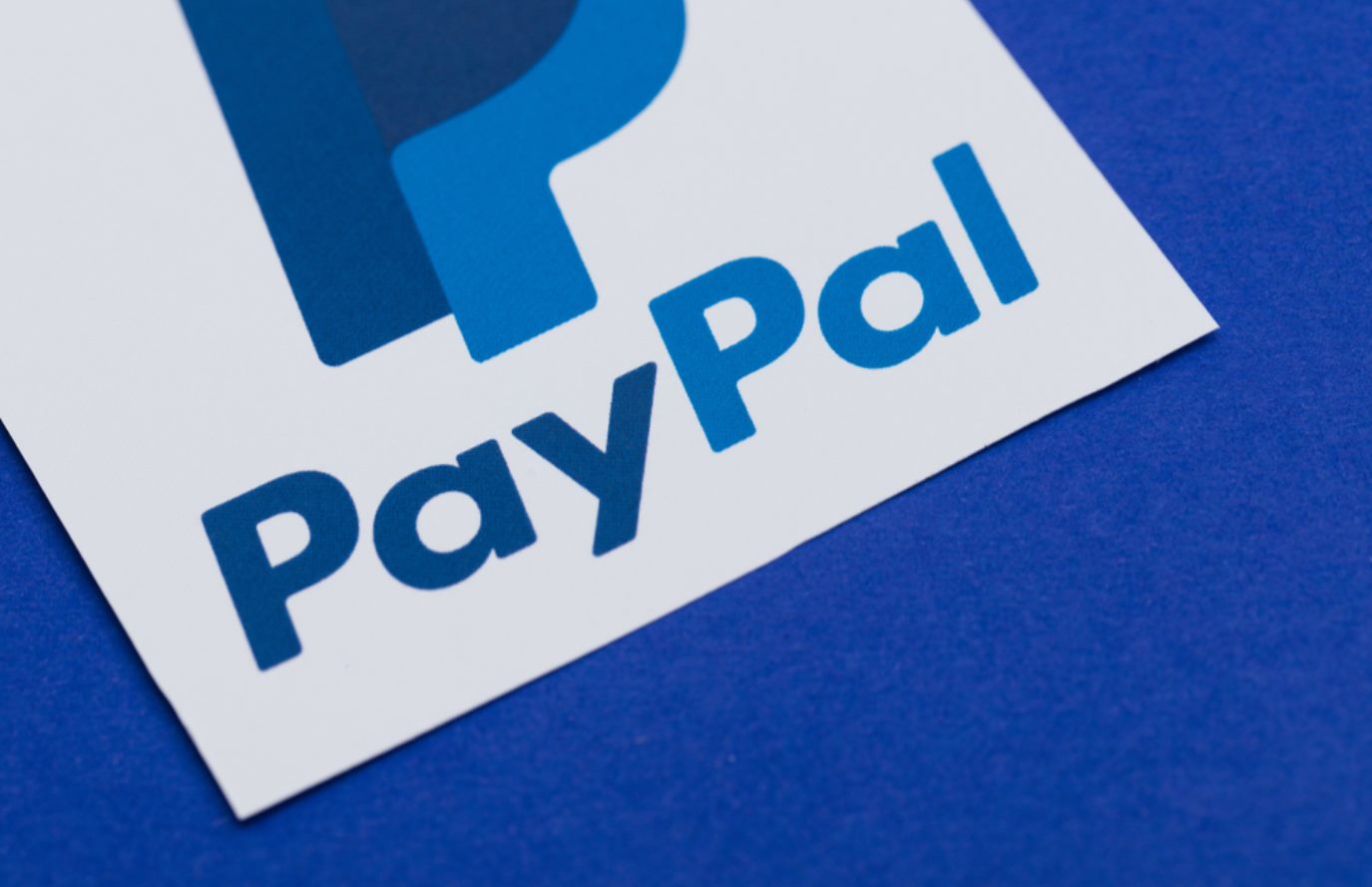Introduction
Welcome to our guide on how to dispute a charge on PayPal. As an online payment platform, PayPal offers convenience and security for millions of users worldwide. However, there may be instances where you encounter issues with a transaction and need to dispute a charge. Whether you received an item that is damaged or not as described, or you were charged for a purchase you didn’t make, knowing how to navigate the dispute process can help you resolve the issue and potentially receive a refund.
In this comprehensive guide, we will walk you through the steps involved in disputing a charge on PayPal. We will discuss how to gather evidence, how to communicate with the seller, and how to open a dispute on the PayPal platform. Additionally, we will cover the process of escalating a dispute to a claim, communicating with PayPal throughout the resolution process, and ultimately, receiving a refund if your claim is successful.
It’s important to note that while PayPal provides a structured dispute resolution process, each case is unique and may require additional steps or considerations. However, by following the steps outlined in this guide, you will have a solid foundation for handling your dispute effectively.
Now, let’s dive into the details and learn how to dispute a charge on PayPal.
Understanding PayPal Disputes
Before we delve into the steps of disputing a charge on PayPal, it’s essential to understand what constitutes a dispute and the situations where it may arise. A dispute occurs when you have a problem with a transaction or when there is an issue with a payment.
Some common reasons for initiating a dispute on PayPal include:
- Receiving an item that is significantly different from the description provided by the seller
- Not receiving the item you purchased
- Being charged for a transaction that you didn’t authorize
- Receiving a damaged or defective item
- Experiencing issues with the quality or functionality of the product
It’s crucial to carefully review the seller’s terms and conditions, return policy, and feedback rating before making a purchase. This can help you avoid potential disputes by ensuring that you have a clear understanding of the product or service you are buying and the seller’s reputation.
Additionally, PayPal offers buyer protection for eligible transactions. This means that if your purchase qualifies for buyer protection and you are unable to resolve the issue with the seller directly, PayPal may help you to resolve the dispute and potentially provide a refund.
It’s worth noting that disputes should always be initiated on PayPal’s platform rather than directly with your bank or credit card provider. This is because PayPal acts as the intermediary between buyers and sellers in the transaction. By opening a dispute through PayPal, you give them the opportunity to mediate and assist in resolving the issue.
Now that you have an understanding of what PayPal disputes entail, let’s move on to the next step: gathering evidence for your dispute.
Step 1: Gather Evidence
When disputing a charge on PayPal, it’s crucial to gather supporting evidence to strengthen your case. Evidence not only validates your claim but also helps PayPal understand the issue and determine a fair resolution.
Here are some essential pieces of evidence you should collect:
- Transaction Details: Take note of the date and time of the transaction, the amount paid, and the seller’s information. This information will help PayPal identify the specific transaction in question.
- Communication Records: If you have been in contact with the seller regarding the issue, save any emails, messages, or screenshots of the conversation. This includes any promises made by the seller, their responses to your complaints, or any attempts at resolving the issue.
- Product Description and Photos: If the dispute is related to an item you received, save the product description from the seller’s listing, including any claims made about the item’s condition, features, or functionality. Additionally, take clear and detailed photos or videos of the item to demonstrate any discrepancies or damages.
- Tracking Information: If the item was shipped, keep track of the tracking number and any associated shipping information. This helps prove whether the item was delivered or not, and can also provide insight into its condition upon arrival.
- Receipts and Invoices: Keep copies of any receipts or invoices related to the transaction. This includes payment confirmations, order confirmations, or any other documentation that shows proof of purchase or payment.
Remember, the more evidence you provide, the stronger your case will be. Make sure to organize your evidence in a clear and chronological manner to present a compelling argument to PayPal.
Now that you have all the necessary evidence in hand, it’s time to move on to the next step: contacting the seller.
Step 2: Contact the Seller
Before escalating the issue to PayPal, it’s always a good idea to first attempt to resolve the dispute directly with the seller. Communication is key in resolving any problems, and many sellers are willing to work with their customers to find a satisfactory solution.
Here are some steps you can take when contacting the seller:
- Reach out to the Seller: Send a polite and detailed message to the seller, explaining the issue and your desired resolution. Clearly state the problem, providing any relevant evidence, and request a refund, replacement, or any other appropriate remedy.
- Be Patient and Allow Time for a Response: Give the seller a reasonable amount of time to respond to your inquiry. Sellers may have different response times, so try to remain patient during this process. However, it’s important to set a deadline for the seller to respond to ensure your issue is addressed promptly.
- Follow Up if Necessary: If you don’t hear back from the seller within the agreed-upon timeframe or if their response is unsatisfactory, consider sending a follow-up message to remind them of your request and the deadline for resolving the issue.
- Document All Communication: Keep a record of all communication with the seller, including dates, times, and the content of the messages exchanged. This documentation will serve as evidence if you need to escalate the dispute to PayPal.
Remember to maintain a professional and respectful tone throughout your communication with the seller. Being polite and cooperative can help facilitate a smoother resolution process.
If, after attempting to contact the seller and waiting for a reasonable amount of time, you do not receive a satisfactory response or any response at all, it’s time to move on to the next step: opening a dispute on PayPal.
Step 3: Open a Dispute on PayPal
If your attempts to resolve the issue directly with the seller have been unsuccessful, it’s time to escalate the dispute to PayPal. Opening a dispute with PayPal allows their team to step in and mediate the situation, providing an opportunity for a resolution.
Here’s how to open a dispute on PayPal:
- Log in to Your PayPal Account: Access your PayPal account and navigate to the Resolution Center. This is where you can manage and initiate disputes.
- Select the Transaction: Identify the specific transaction you want to dispute and click on the “Dispute a Transaction” option.
- Choose the Reason for Dispute: PayPal provides several options to categorize the reason for your dispute. Select the most appropriate category that aligns with your situation. Options may include item not received, item significantly not as described, unauthorized transaction, and more.
- Provide Detailed Information: Enter all the relevant details about the dispute, including a clear description of the problem, any communication with the seller, and the desired resolution. Attach any supporting evidence, such as screenshots or photos, to strengthen your case.
- Submit the Dispute: Double-check all the entered information and click on the “Submit” button. This will officially open the dispute with PayPal and notify the seller.
Once the dispute is opened, PayPal will notify the seller and provide them with an opportunity to respond. They may request additional information from both parties involved in the dispute.
It’s important to note that there are specific time limits for opening a dispute on PayPal. Make sure to review PayPal’s policies and initiate the dispute within the specified timeframe to ensure your eligibility for assistance.
Now that you have successfully opened a dispute on PayPal, let’s move on to the next step: escalating the dispute to a claim.
Step 4: Escalating to a Claim
If your dispute with the seller remains unresolved through the initial dispute process, you have the option to escalate it to a claim. Escalating to a claim allows PayPal to intervene further by evaluating the evidence provided by both parties and making a decision.
Here’s how to escalate a dispute to a claim on PayPal:
- Access the Resolution Center: Log in to your PayPal account and navigate to the Resolution Center.
- Locate the Dispute: Find the dispute that you want to escalate to a claim and click on it to view the details.
- Click on “Escalate to Claim”: Within the dispute details, you’ll find the option to escalate the dispute to a claim. Click on this option to proceed.
- Provide Additional Information: PayPal may prompt you to provide any additional evidence or information to support your claim. Take this opportunity to strengthen your case. Be thorough and concise in presenting your argument.
- Submit the Claim: Review all the information and evidence you provided and click on the “Submit” button to escalate the dispute to a claim.
Once the claim is escalated, PayPal will review the case and make a decision based on the evidence presented. This process may take some time, as PayPal needs to ensure a fair evaluation of both sides of the dispute.
It’s important to be responsive and cooperative during the claim resolution process. PayPal may reach out to you for additional information or clarification, so monitor your email and the Resolution Center regularly.
Now that you have successfully escalated the dispute to a claim, the next step is to understand how PayPal’s resolution process works. We will discuss this in the next section.
Step 5: Communicating with PayPal
When you have opened a dispute or escalated it to a claim on PayPal, effective communication with PayPal becomes crucial. PayPal may request additional information, clarification, or updates throughout the resolution process. It’s important to stay responsive and cooperative to ensure a smooth and timely resolution.
Here are some tips for communicating with PayPal:
- Check Your Email and Notifications: PayPal will send notifications and updates regarding your dispute or claim to your registered email address. Make sure to regularly check your email and review any messages or requests from PayPal.
- Monitor the Resolution Center: Log in to your PayPal account and visit the Resolution Center frequently to stay updated on the progress of your dispute or claim. PayPal may post messages or requests for information in the Resolution Center, so it’s important to stay active on the platform.
- Respond Promptly and Provide Complete Information: When PayPal reaches out to you for additional information or clarification, respond promptly and provide all the requested details. Be thorough and concise in your responses, addressing all points raised by PayPal or the seller.
- Keep Documentation of Communication: Maintain a record of all communication with PayPal throughout the resolution process. This includes emails, messages through the Resolution Center, and any phone conversations. This documentation will serve as evidence and help in case there are any discrepancies or inconsistencies in the communication.
- Be Patient and Persistent: Resolving a dispute or claim can take time, as PayPal needs to thoroughly evaluate the evidence and communicate with the seller. Stay patient throughout the process while remaining persistent in following up with PayPal when necessary.
By effectively communicating with PayPal, you can ensure that your concerns are addressed and that the resolution process moves forward effectively.
Now that you are familiar with the communication aspect, let’s proceed to step 6: PayPal’s resolution process.
Step 6: PayPal’s Resolution Process
Once you have opened a dispute or escalated it to a claim on PayPal, the platform follows a resolution process to evaluate the information provided and make a decision. Understanding PayPal’s resolution process can help you navigate the next steps and anticipate what to expect.
Here’s an overview of PayPal’s resolution process:
- Evidence Review: PayPal will review the evidence provided by both parties, including any communication records, product descriptions, photos, tracking information, and other relevant documentation.
- Communication with the Seller: PayPal may reach out to the seller to request additional information or clarification. This is done to ensure a fair evaluation of the dispute or claim.
- Resolution Decision: Based on the available evidence and their policies, PayPal will make a decision regarding the dispute or claim. They may rule in favor of the buyer, the seller, or propose a compromise solution.
- Notification of Decision: PayPal will notify both parties involved in the dispute or claim of their decision. This notification may be sent via email and will also be available in the Resolution Center.
- Appeal Process: If you disagree with PayPal’s decision, you have the option to appeal the ruling. PayPal will provide instructions on how to initiate an appeal and may require additional information to reconsider their decision.
- Final Resolution: Once the appeal process is complete, PayPal’s decision becomes final. Both parties are expected to adhere to the resolution provided by PayPal.
It’s important to remember that PayPal aims to resolve disputes and claims fairly, based on the evidence presented. While the timeframe for resolution may vary depending on the complexity of the case, PayPal strives to provide a resolution as quickly as possible.
Now that you have an understanding of PayPal’s resolution process, let’s move on to the final step: receiving a refund.
Step 7: Receiving a Refund
After PayPal has reviewed the dispute or claim and made a decision, the next step is to determine if you are eligible for a refund. If PayPal rules in your favor, you may receive a refund for the disputed amount.
Here’s what you can expect when it comes to receiving a refund on PayPal:
- Payment Reversal: If the transaction was funded through PayPal, PayPal may reverse the payment to the seller and credit your account with the refunded amount. Depending on the original payment method, you may see the refunded amount in your PayPal balance or on your linked bank account or credit card statement.
- Refund Timing: The timeline for receiving a refund can vary depending on multiple factors, including the payment method used, the seller’s responsiveness, and the specific case details. In some instances, PayPal may expedite the refund process, while in others, it may take several days or longer to complete.
- Partial Refunds: In certain cases, PayPal may offer a partial refund as a compromise solution. This can happen when both parties agree to a settlement or when PayPal deems it to be a fair resolution based on the evidence provided.
- Refunds for Unauthorized Transactions: If the dispute or claim was due to an unauthorized transaction on your account, PayPal typically covers the eligible amount in accordance with their Seller Protection or Buyer Protection policies.
- Monitoring Your PayPal Account: After receiving a refund, it’s important to regularly check your PayPal account and linked payment methods. Make sure that the refunded amount is correctly credited and that there are no discrepancies.
If, for any reason, you encounter difficulties receiving a refund or have concerns about the refund process, it is recommended to reach out to PayPal’s customer support for assistance. They can help address any issues you may have.
With step 7 completed, you have now completed the process of disputing a charge on PayPal. Remember, this guide provides a general overview, and the specific steps and policies may vary depending on the situation and PayPal’s terms and conditions.
By following these steps, gathering evidence, communicating effectively, and cooperating with PayPal throughout the resolution process, you increase your chances of achieving a satisfactory outcome for your dispute.
Conclusion
Disputing a charge on PayPal can be a daunting process, but with the right knowledge and approach, you can navigate it effectively. We have explored the step-by-step process of disputing a charge on PayPal, including gathering evidence, contacting the seller, opening a dispute, escalating to a claim, communicating with PayPal, understanding their resolution process, and receiving a refund.
Remember, each case is unique, and the outcome may vary. It’s important to be proactive, gather all relevant evidence, and communicate clearly and effectively with both the seller and PayPal. Patience and persistence are key as the resolution process may take time.
Throughout the process, ensure that you carefully review PayPal’s policies, follow their guidelines for documentation, and keep a record of all communication and evidence. This will strengthen your case and provide an accurate representation of the situation.
If you encounter challenges or have questions along the way, don’t hesitate to reach out to PayPal’s customer support. They are there to assist you and provide guidance throughout the dispute resolution process.
By following the steps outlined in this guide, you can increase your chances of a successful resolution and potentially receive a refund for a faulty or unsatisfactory transaction. PayPal’s dispute resolution system is designed to protect buyers, and understanding how it works can help you effectively navigate any issues that arise.
Thank you for using our guide on how to dispute a charge on PayPal. We hope this information has been helpful, and we wish you success in resolving any disputes you may encounter.







